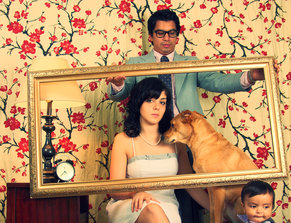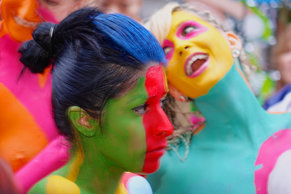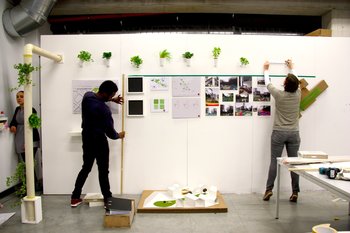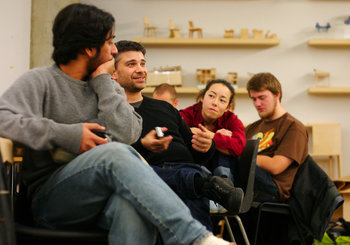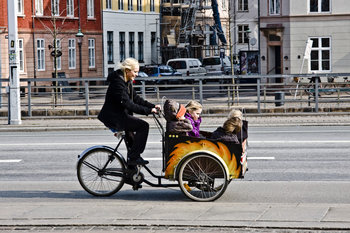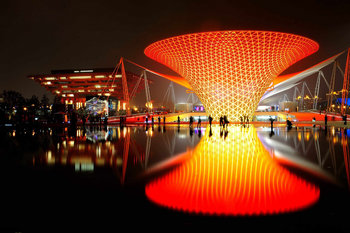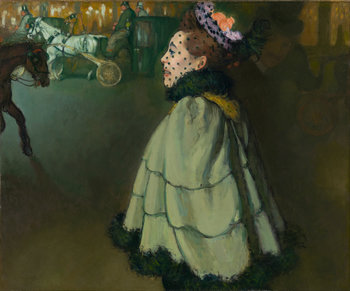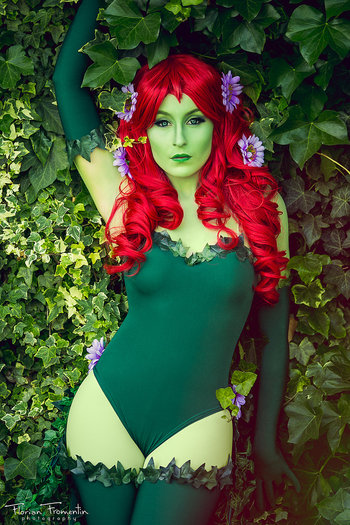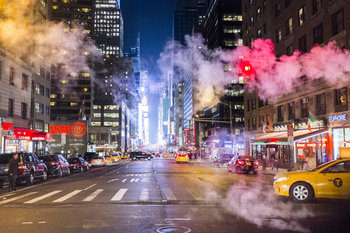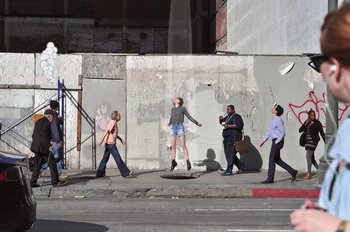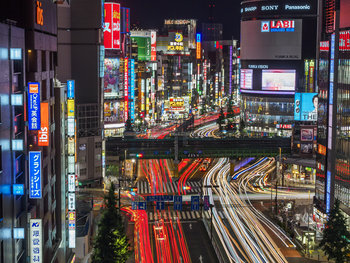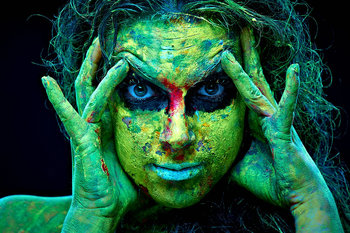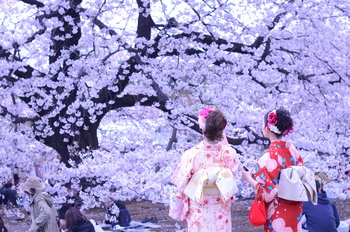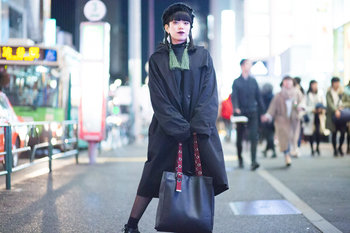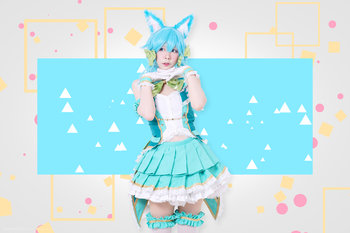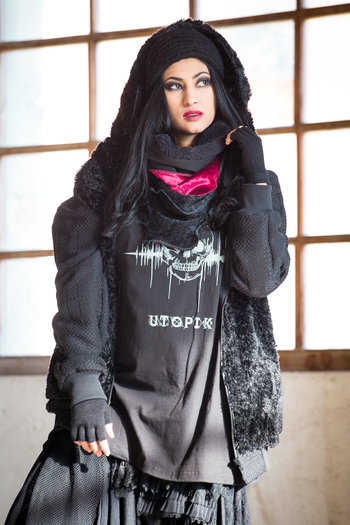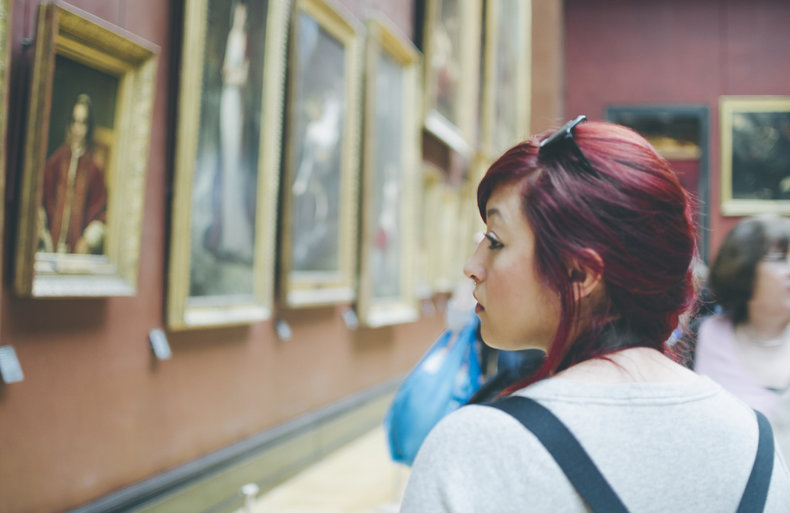
Analogous Color
Colors that sit next to each other on a color chart that have a similar hue such as yellow and light orange.Chroma
Chroma is the purity of a color defined as its freedom from tints of white or shades of black. A color that isn't blended with white and black is known as a chromatic color.Color Harmony
Color harmony is the art of determining which sets of colors match or clash with each other. It's influenced by cultural symbols, emotions and other cognitive factors.Color Scheme
A set of colors chosen for a design, brand or organization.Color Temperature
The difference between warm and cool colors.Complementary Colors
Colors that cancel each other out when blended to produce a gray color between white and black. Pairs of complementary colors have high contrast with one another other. They are often used to maximize visibility.Hue
A hue is any pure color produced from a combination of primary colors. It is common for color selection tools such as color wheels to display a variety of hues.Lightness
The perceived brightness of a color compared to a perfectly white background. Measured on a scale from light to dark.Monochromatic Color
A set of colors that all have the same hue with different levels of tinting and shading.Saturation
The perceived intensity of a color viewed directly without a background. Measured on a scale from bright to dull.Tints & Shades
A tint is any color that is blended with white and a shade is any color that is blended with black. In general, tints and shades are less colorful than a pure hue.| Overview: Color Theory | ||
Type | ||
Definition | The study of the properties and cognitive effects of color. | |
Related Concepts | ||

